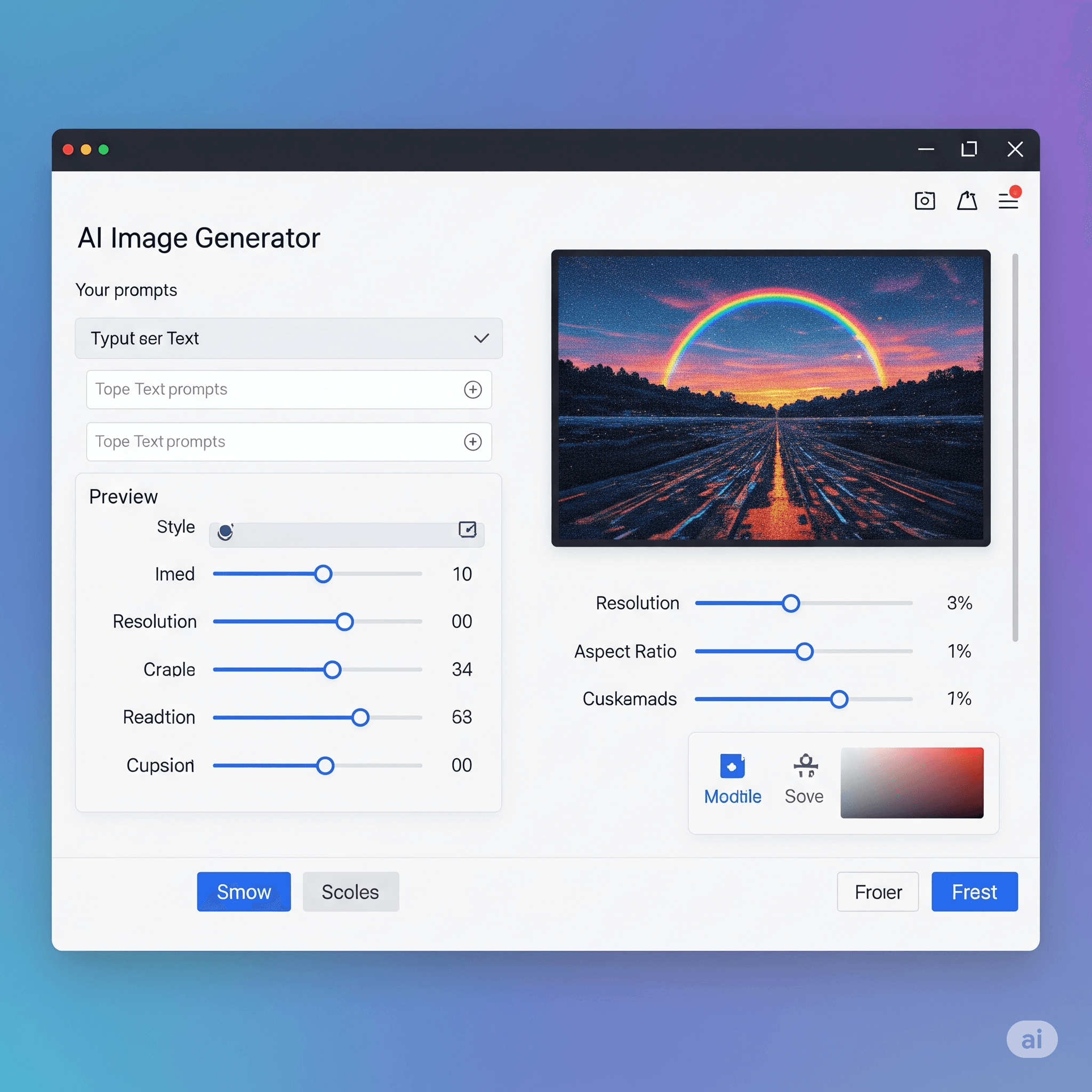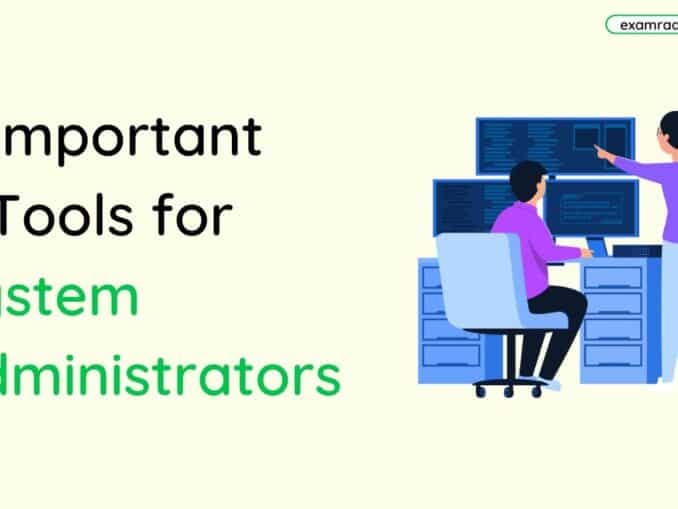Question: In TCP's ________ algorithm the size of the congestion window increases exponentially until it reaches a threshold.
Answer:
- In TCP's congestion control algorithm, the size of the congestion window increases exponentially until it reaches a threshold. This algorithm is called the "slow start" algorithm.
- In slow start, the TCP sender starts by sending a small number of packets, and then doubles the number of packets sent for each round-trip time (RTT) until it detects congestion. The congestion window (cwnd) is the number of unacknowledged packets that a sender is allowed to have in flight at any given time. During slow start, the cwnd increases exponentially, as the sender probes the network to find the maximum rate at which it can send data without causing congestion.
- The slow start algorithm is used by TCP to initially ramp up the sending rate after a connection is established, or after a period of congestion. The goal is to quickly find the optimal rate at which data can be sent without causing congestion, while avoiding sending too much data too quickly and causing unnecessary packet loss. Once the cwnd reaches a pre-determined threshold value, the congestion control algorithm switches to a different mode, such as congestion avoidance or fast recovery, to maintain the network's stability and avoid congestion.
MCQ: In TCP's ________ algorithm the size of the congestion window increases exponentially until it reaches a threshold.
Correct Answer:
A. congestion avoidance
Explanation:
- In TCP's congestion control algorithm, the size of the congestion window increases exponentially until it reaches a threshold. This algorithm is called the "slow start" algorithm.
- In slow start, the TCP sender starts by sending a small number of packets, and then doubles the number of packets sent for each round-trip time (RTT) until it detects congestion. The congestion window (cwnd) is the number of unacknowledged packets that a sender is allowed to have in flight at any given time. During slow start, the cwnd increases exponentially, as the sender probes the network to find the maximum rate at which it can send data without causing congestion.
- The slow start algorithm is used by TCP to initially ramp up the sending rate after a connection is established, or after a period of congestion. The goal is to quickly find the optimal rate at which data can be sent without causing congestion, while avoiding sending too much data too quickly and causing unnecessary packet loss. Once the cwnd reaches a pre-determined threshold value, the congestion control algorithm switches to a different mode, such as congestion avoidance or fast recovery, to maintain the network's stability and avoid congestion.
Discuss a Question
Related Questions
- 1. In TCP's __________ algorithm the size of the congestion window increases additively until congestion is detected.
- 2. ________ treats the two signs of congestion detections, timeout and three duplicate ACKs, in the same way.
- 3. In ______ TCP, when the connection is established, TCP starts the slow start algorithms and sets the <em>ssthresh</em> variable to a pre-agreed value (normally 64 or 128 kilobytes) and the <em>cwnd</em> variable to 1 MSS.
- 4. The ___________ added a new state to the congestion control FSM, called the fast recovery state.
- 5. The ___________ treated the two signals of congestion, timeout and arrival of three duplicate ACKs, differently.
- 6. The __________ state in Reno TCP is a state somehow between the slow start and the congestion avoidance states.
- 7. In the Reno TCP, when TCP enters the fast recovery, if duplicate ACKs continue to come, TCP ____________________________________.
- 8. In the Reno TCP, when TCP enters the fast recovery, if a timeout occurs, TCP ____________________________________.
- 9. In the Reno TCP, when TCP enters the fast recovery, if a new (non duplicate) ACK arrives TCP ____________________________________.
- 10. A later version of TCP, called ______ TCP, made an extra optimization on the _______ TCP.
You may be interested in:
Computer Networking MCQs






